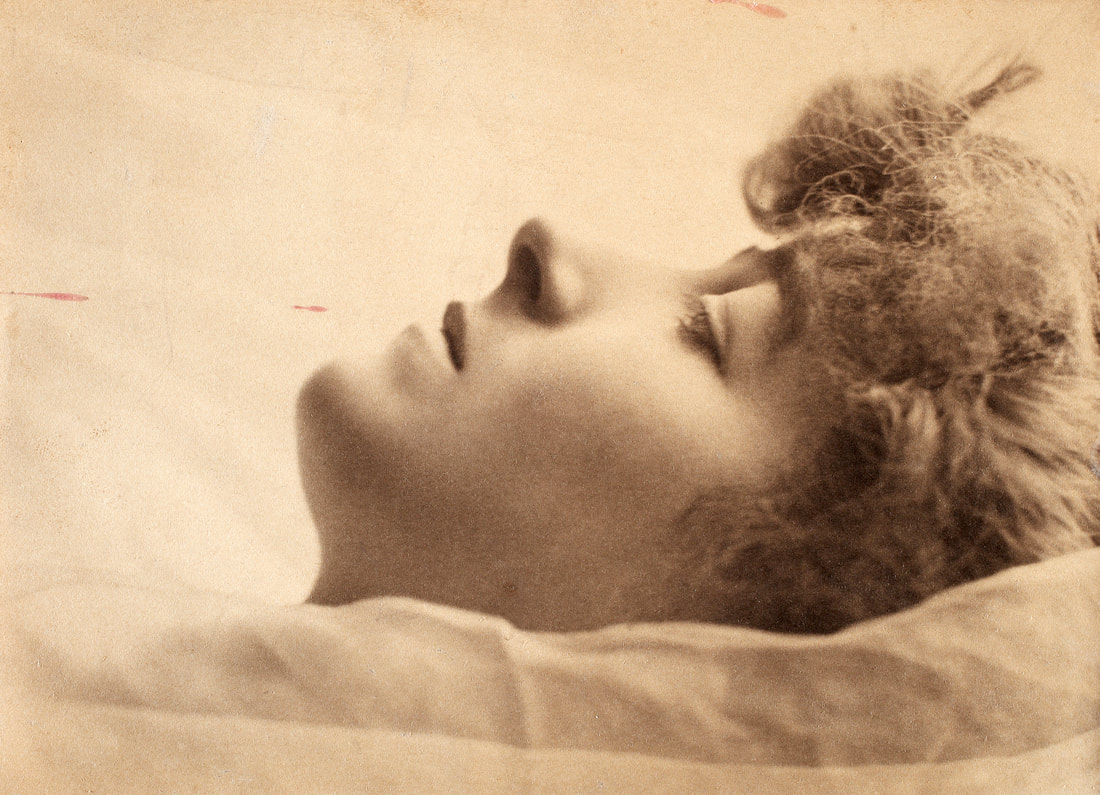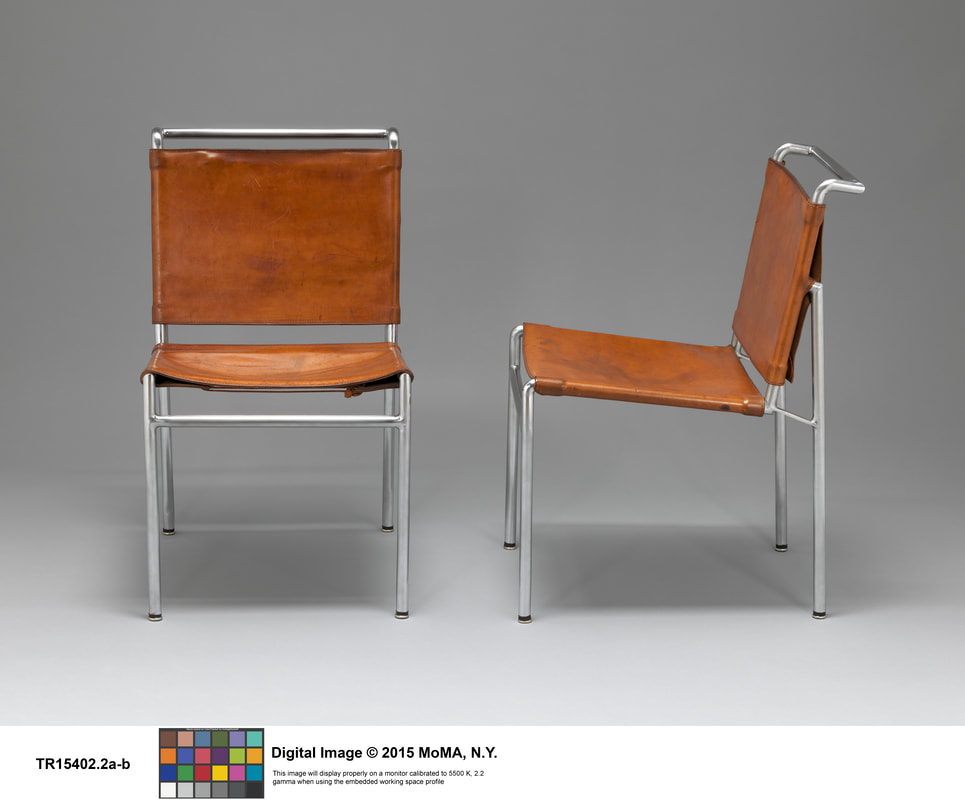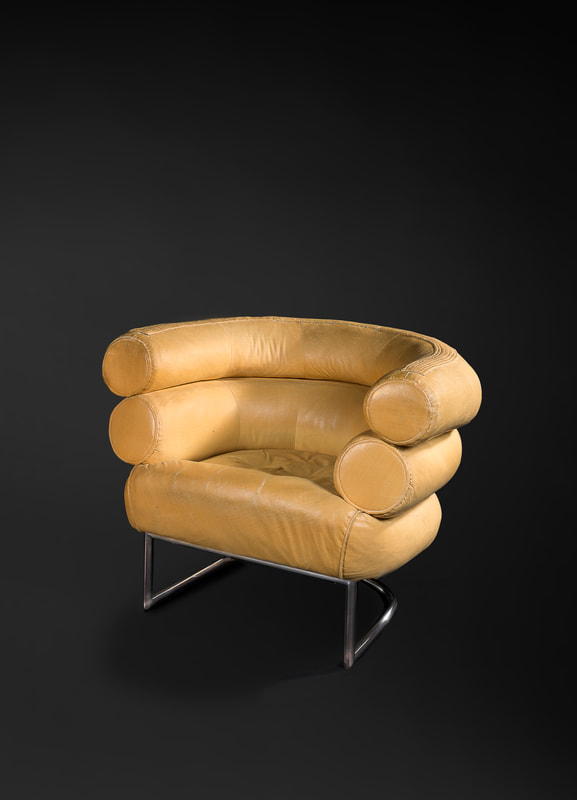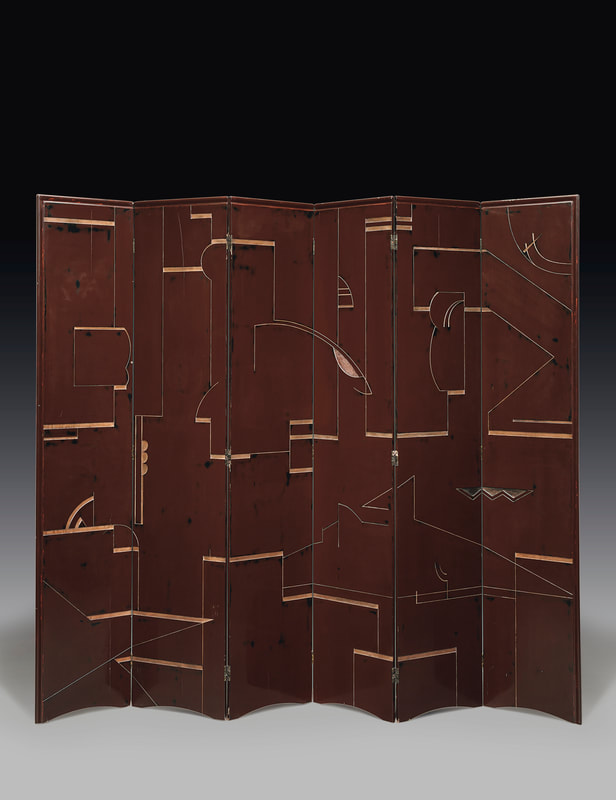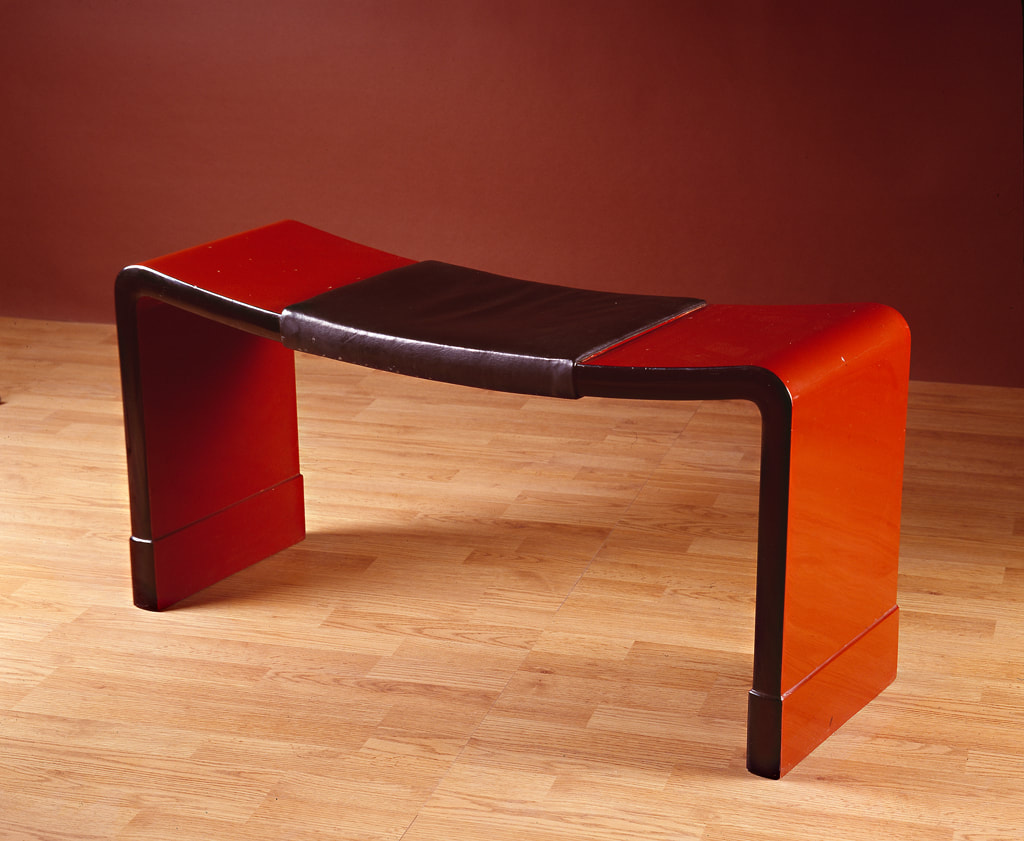When leaving the new exhibition ‘Eileen Gray,’ opened to the public today at the museum of my alma mater, the Bard Graduate Center, I felt exactly the way I love feeling when exiting a remarkable show. That design can take your breath away; that scholarship has the power to expand the experience beyond what we see; that good design has no boundaries; that creators are turned icons for a reason. In celebrating its 25th anniversary, the BGC has opened one of its most ambitious exhibitions, and ‘Eileen Gray,’ has exceeded all expectations.
For those who know little about Gray. Born into an upper-class household in Ireland in 1878, after studying art in London, she moved to Paris in 1902 where she established her life and career in France. Gray founded a workshop in 1910, was discovered by legendary tastemaker Jacques Doucet, and made history as one of handful women who pioneered modernism. From creating objects in lacquer in the 20s, through magical interiors for such clients as fashion designer Juliette Levy, to opening a gallery called Jean Désert, where she sold her cutting-edge rugs, lamps, and furniture to such clients as the Maharajah of Indore, to designing a modernist villa for her lover Jean Badovici in Roquebrune Cap-Martin, Eileen Gray was the embodiment of the Parisian avant-garde.
As a designer, she has not been overlooked or ignored in any way. On the contrary. Since her death in 1976 at 98, Gray’s name has gradually entered the narrative and pantheon of modern design. She was the subject of two retrospectives at Centre Georges Pompidou and at the Irish Museum of Modern Arts; the subject of two major films; her furniture has fetched millions in recent auctions – just remember the Dragon Chair from the collection of Yves Saint Laurent, sold for $28 millions — and her reproduced furniture and rugs have brought her name to popularity. So what is new and what does this new retrospective at the Bard Graduate Center come to reveal? A lot.
Freshly-conserved furniture, objects and photographs never exhibited or seen before, unpublished plans and drawings, this exhibition comes to paint a new portrait of Eileen Gray, her artistic vision, and her typology. The woman who called her gallery Jean Desert, just not to reveal that it was owned by a woman was a fascinating personality and her work, full of symbolism and narrative, we learn. A lot of new discoveries and new archival material are being integrated in this show, making it fresh and fascinating, demonstrating that Gray was basically misunderstood by most early historians.
The show is organized in five thematic sections that consider various aspects of Gray’s oeuvre. It is accompanied by the most beautiful illustrated catalog, designed by the greatest graphic designer Dutch Irma Boom, and published by Yale University Press. Bravo to the BGC Gallery Director Nina Stritzler-Levine, to curator Cloe Pitiot, and to Adviser Jennifer Goff. My full review will be published in the Design Edit.
For those who know little about Gray. Born into an upper-class household in Ireland in 1878, after studying art in London, she moved to Paris in 1902 where she established her life and career in France. Gray founded a workshop in 1910, was discovered by legendary tastemaker Jacques Doucet, and made history as one of handful women who pioneered modernism. From creating objects in lacquer in the 20s, through magical interiors for such clients as fashion designer Juliette Levy, to opening a gallery called Jean Désert, where she sold her cutting-edge rugs, lamps, and furniture to such clients as the Maharajah of Indore, to designing a modernist villa for her lover Jean Badovici in Roquebrune Cap-Martin, Eileen Gray was the embodiment of the Parisian avant-garde.
As a designer, she has not been overlooked or ignored in any way. On the contrary. Since her death in 1976 at 98, Gray’s name has gradually entered the narrative and pantheon of modern design. She was the subject of two retrospectives at Centre Georges Pompidou and at the Irish Museum of Modern Arts; the subject of two major films; her furniture has fetched millions in recent auctions – just remember the Dragon Chair from the collection of Yves Saint Laurent, sold for $28 millions — and her reproduced furniture and rugs have brought her name to popularity. So what is new and what does this new retrospective at the Bard Graduate Center come to reveal? A lot.
Freshly-conserved furniture, objects and photographs never exhibited or seen before, unpublished plans and drawings, this exhibition comes to paint a new portrait of Eileen Gray, her artistic vision, and her typology. The woman who called her gallery Jean Desert, just not to reveal that it was owned by a woman was a fascinating personality and her work, full of symbolism and narrative, we learn. A lot of new discoveries and new archival material are being integrated in this show, making it fresh and fascinating, demonstrating that Gray was basically misunderstood by most early historians.
The show is organized in five thematic sections that consider various aspects of Gray’s oeuvre. It is accompanied by the most beautiful illustrated catalog, designed by the greatest graphic designer Dutch Irma Boom, and published by Yale University Press. Bravo to the BGC Gallery Director Nina Stritzler-Levine, to curator Cloe Pitiot, and to Adviser Jennifer Goff. My full review will be published in the Design Edit.

